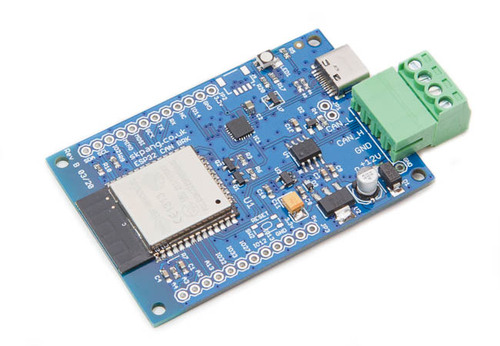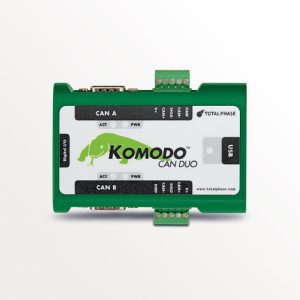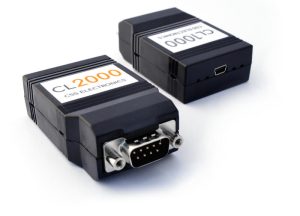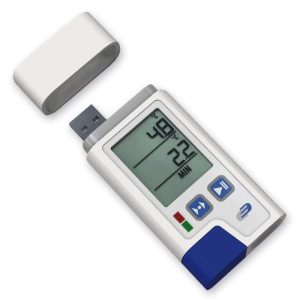The Internet of Things (IoT) is a rapidly growing field, with billions of devices connected to the internet and each other. These devices rely on complex systems and components to operate, and reliable communication between these systems is critical. The Controller Area Network (CAN) bus is a popular communication protocol used in IoT devices to enable this communication. In this blog, we’ll explore the use of CAN bus in IoT applications, its benefits, and the unique challenges of using CAN bus in these environments.
Benefits of CAN Bus in IoT Applications
CAN bus offers several benefits in IoT applications, including:
- Low power consumption: CAN bus is a low-power protocol, making it ideal for battery-powered IoT devices.
- Real-time data exchange: CAN bus enables real-time data exchange between different systems and components in IoT devices. This is critical for efficient and responsive operation.
- Scalability: CAN bus is highly scalable and can accommodate a large number of nodes, making it suitable for large and complex IoT systems.
- Reduced wiring: CAN bus reduces the amount of wiring required in IoT devices, saving weight and reducing installation costs.
Unique Challenges of CAN Bus in IoT Applications
Despite its benefits, using CAN bus in IoT applications poses unique challenges, including:
- Security: IoT devices are highly susceptible to cyberattacks, and CAN bus systems must be designed to ensure the security and integrity of the data transmitted over the network.
- Interoperability: IoT devices often use different protocols and standards, and CAN bus systems must be designed to ensure interoperability with these systems.
- Reliability: In IoT applications, reliability is critical. CAN bus systems must be designed and tested to ensure their reliability in mission-critical applications.
- Standardization: There is a lack of standardization in IoT protocols and standards, making it challenging to develop and deploy CAN bus systems across different IoT applications.
Conclusion
CAN bus is a reliable and efficient communication protocol used in IoT applications. It offers several benefits, including low power consumption, real-time data exchange, scalability, and reduced wiring. However, using CAN bus in IoT applications poses unique challenges, including security, interoperability, reliability, and standardization. As the field of IoT continues to evolve, the use of CAN bus will become even more prevalent, enabling more efficient and reliable communication for smart and connected devices.










